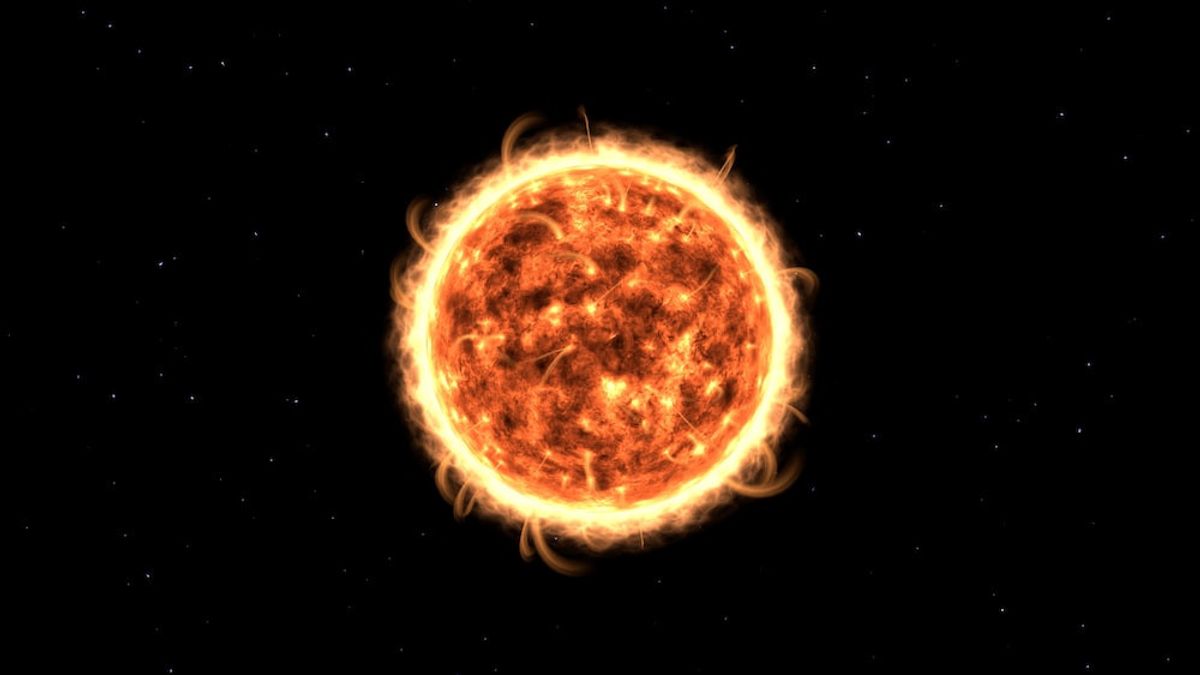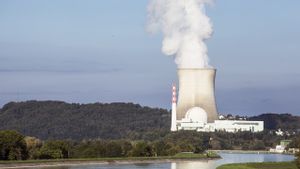YOGYAKARTA India has ambitions to study the Sun by launching the Aditra L-1 project. Of course, the project is in the spotlight around the world, especially among scientists. The following article will help the public get to know the Aditya L-1 project which will be launched by India next month.
The Aditya L-1 project is a mission launched by India in order to study the Sun. In Sanskrit, Aditra means Matahari. The mission will launch a spacecraft that has now arrived at its launch location, namely on Sriharikota Island, on India's east coast.
The planned launch of the Aditya L-1 satellite itself was originally scheduled for August 28, but postponed to September 2, the Indian Space Research Organization (ISRO) or India's Space Research Organization, India's national space agency reported.
Please note, the launch of Aditya L-1 to study the Sun is certainly welcome among scientists considering that the outer atmosphere layer of the Sun, called Corona, is still a mystery. Because Corona has a hot temperature that exceeds the surface of the Sun itself. The Corona hot temperature itself is estimated to reach 1.8 million degrees Fahrenheit (1 million degrees Celsius). This mystery cannot be solved even though scientists continue to study the Sun.
Quoted from the ISRO official website, the Aditya L-1 spacecraft will be in Halo orbit around the Lagrange 1 (L1) point of the Sun-Earth system, which is about 1.5 million km away from Earth. The placement is said to be strategic because in that place observations of the Sun can be carried out without occultation / eclipse. That way solar activity observations can also be made and its effect on space weather in real time.
The Aditra L-1 spacecraft also carries seven payloads for the photochromospheric observation task, and the outermost layers of the Sun (corona) using electromagnetic detectors and particles as well as magnetic fields.
By being at a special point of view of L1, four charges can see directly the Sun. While the other two will be used to study the solar wind and its components. Then the rest is the magnetometer used to measure the magnetic field through the position of the spacecraft in L1 as planned for the mission.
Aditya-L1's own observation mission costs nearly 3.8 billion rupees or approximately Rp699 billion. The construction was carried out for 15 years and became India's most important launch mission.
Previously, India also launched a Chandrayaan-3 spacecraft launched from Sriharikota to the Moon. The plane also landed earth near the South Pole on August 23. Chandrayaan-3 became the first spacecraft to land on the spot.
In addition to knowing the Aditya L-1 Project, visit VOI.ID to get more interesting information.
The English, Chinese, Japanese, Arabic, and French versions are automatically generated by the AI. So there may still be inaccuracies in translating, please always see Indonesian as our main language. (system supported by DigitalSiber.id)









